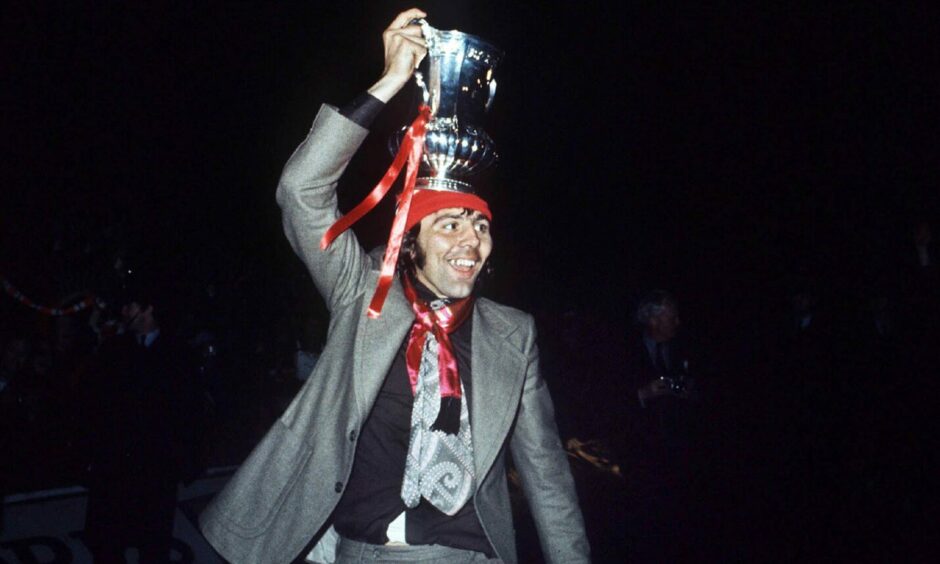
Ian Porterfield was the Fife miner’s son who scored arguably the most important goal in Sunderland’s history when he netted the winner in the 1973 FA Cup final.
Porterfield grew up in Lochgelly and wrote himself into Red and Whites’ folklore when he grabbed the glory against Leeds United in the Wembley showpiece on May 5 50 years ago.
Defeat for Leeds was not an outcome anyone foresaw – including Leeds themselves.
Porterfield was a man who knew the Elland Road club well.
As a teenager, he went to Leeds on trial but returned, homesick, and signed for Raith Rovers where he played 153 games and scored 22 goals between 1964 and 1967.
Porterfield played against Sunderland in September 1967 in a benefit game for the Michael Colliery Disaster Fund, which was played at East End Park in Dunfermline.
He scored two goals in the Fife’s Select’s 4-2 win.
Manchester City made a £35,000 bid for the midfielder but Sunderland topped that and paid £45,000 and he replaced fellow Fifer Jim Baxter in December 1967.
He played 269 games and scored 19 goals during his 10-year spell at Roker Park and was part of a Scottish core that played a vital role in Sunderland’s cup exploits in 1973.
The FA Cup campaign started in January with victory against Notts County.
Reading, Manchester City, Luton Town and Arsenal were further dispatched as Sunderland reached Wembley after a 36-year hiatus since they last lifted the cup.
It was the 92nd final – the 46th to be played at Wembley – and Don Revie’s Leeds United were the holders and the heaviest of favourites to retain the trophy.
They were 3/1 on to win.
Footballers of course can be a superstitious bunch.
Porterfield himself wasn’t leaving anything to chance in the dressing-room.
A barrowload of superstitions
His bag of lucky charms taken to Wembley included a rabbit’s foot which was given to him by a young girl when he was playing for Raith; a Kennedy coin which belonged to his grandfather; and a Cowdenbeath and District schools’ football medal which belonged to his uncle Ian who was tragically killed in the pits when he was only 19.
The final – the only one in history to be played using an orange ball – went down as one of the biggest shocks in the competition’s history as Bob Stokoe’s Sunderland became the first Second Division side to win the cup since West Bromwich Albion in 1931.
The names of Montgomery, Malone, Guthrie, Horswill, Watson, Pitt, Kerr, Hughes, Halom, Porterfield and Tueart still trip off the tongue for generations of fans.
Scotsman Billy Hughes was an inspirational figure for the Black Cats back then.
He scored four goals on the way to Wembley, and his corner helped create the only goal of the game when Porterfield netted his historic strike on 32 minutes.
That corner from Hughes was sent back into the centre by Halom.
Porterfield flicked the ball up with his left foot and struck hard with his right.
David Harvey was cleanly beaten.
Leeds built-up attack after attack after the break but they reckoned without an inspired performance from Sunderland’s goalkeeper Jim Montgomery.
Montgomery’s incredible double save from Trevor Cherry and Peter Lorimer has been compared to Gordon Banks’ stunning fingertip stop from Pele at the 1970 World Cup.
Montgomery’s Wembley heroics was why Stokoe, raincoat flapping over a red tracksuit and trilby perched on his head, ran first to his goalkeeper at the final whistle.
Stokoe’s charge is now immortalised in bronze outside Sunderland’s Stadium of Light.
The Sunderland players received a £1,000 bonus for winning the FA Cup.
“I brought the ball down on my left thigh and as it dropped, I hit it right-footed with all my strength from 12 yards,” Porterfield said.
“Football is all about instinct and reaction and things like that.
“It just all fell perfect for me in lots of ways.
“When I scored, it was the first time I ever felt emotion in my life.
“I am not an emotional fella, but I could feel the tears come into my eyes.”
What happened after 1973 FA Cup final?
Porterfield suffered a fractured skull and broken jaw after a serious car accident in December 1974 when he was on the verge of being selected by Scotland.
The car crash changed his life.
He was lucky to survive but was never the same player.
Porterfield played for Sunderland until 1977 when he signed for Sheffield Wednesday for £20,000 as player-coach following a spell on loan with Reading in 1976.
He began his management career in 1979 at Rotherham, where he guided the club to the Division Three title, and had a successful spell at Sheffield United before replacing Alex Ferguson at Aberdeen following his departure for Manchester United in 1986.
He also took charge at Reading and, for 20 months until February 1991, Chelsea, before embarking upon an odyssey which saw him travel the world in club and international football which included managerial stints in Zambia, Zimbabwe, Trinidad and Tobago and South Korea.
He was latterly employed by the Armenian FA as head coach.
Triumph and tragedy
Porterfield was diagnosed with colon cancer but carried on with his duties and his final match was their 1-1 draw against Portugal in the Euro 2008 qualifiers in August 2007.
He was determined to be there despite the fact that time was running out for him.
It finally did.
Porterfield passed away at a hospice in Surrey in September 2007.
Porterfield’s widow Glenda said at the time: “He may have been a football man all his life, but I know him best as a wonderful human being who was liked by everyone.
“He had his wish to die in harness. Just over two weeks ago, we flew to Armenia for the Portugal game and I’ll always remember what happened at the open training session at the stadium on the day before the game.
“The stadium was packed to see all the Portuguese stars like Ronaldo, Deco and the rest, but when Ian walked out, they all stood up and shouted his name.”
Armenians still remember how he ignored his pain to mastermind that famous result.
Similarly, his exploits in the FA Cup final on that May afternoon back in 1973 will never be forgotten.
The Fife boy who was a hero to the end.
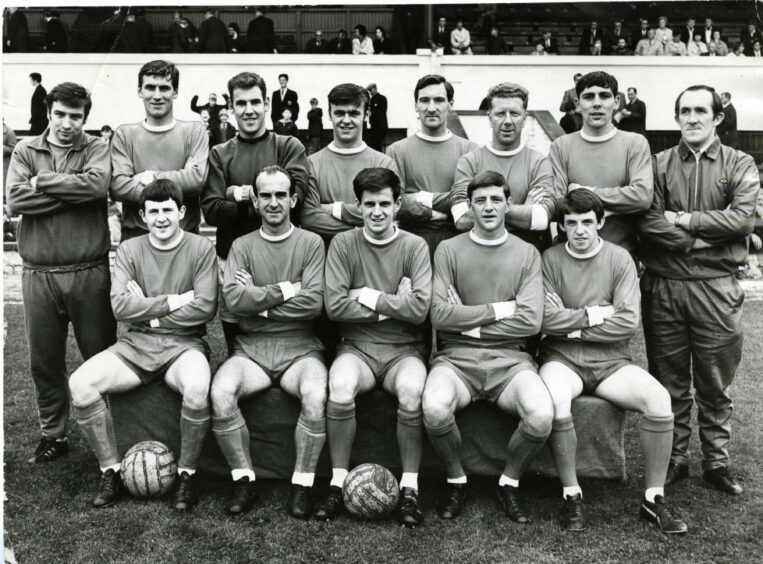
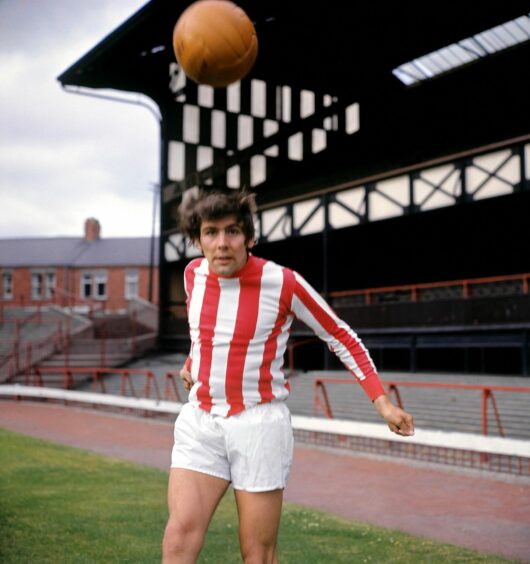
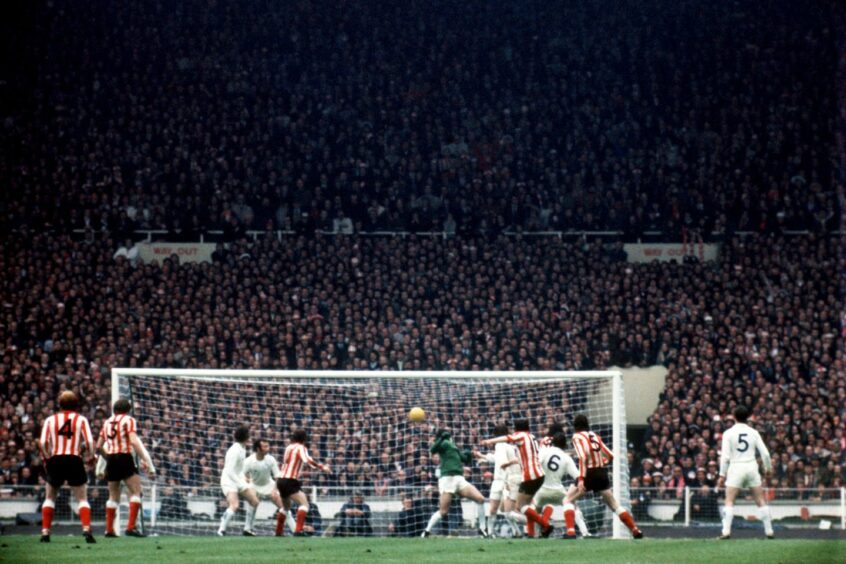
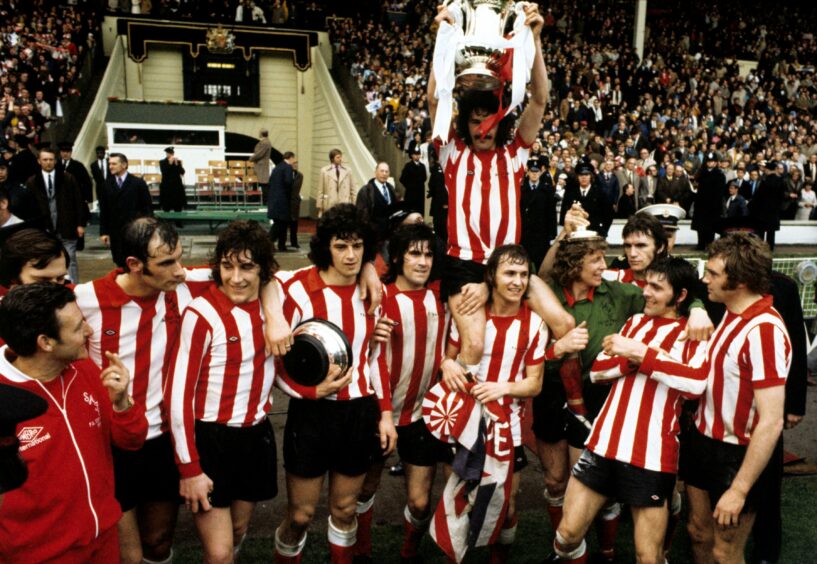
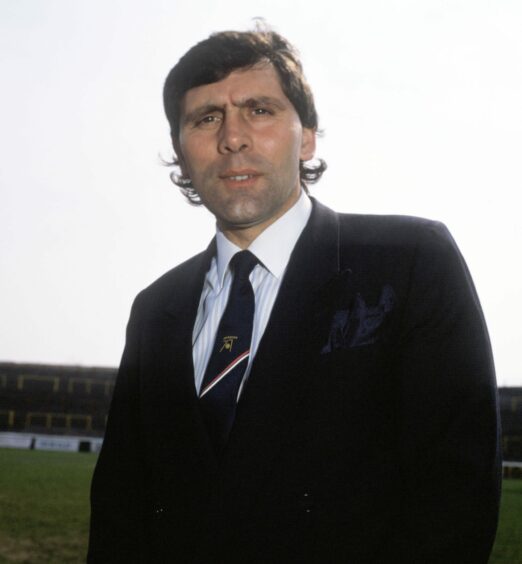










Conversation